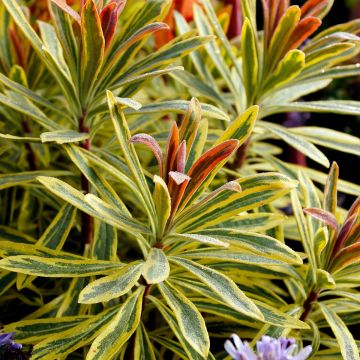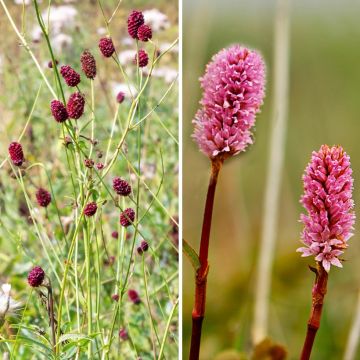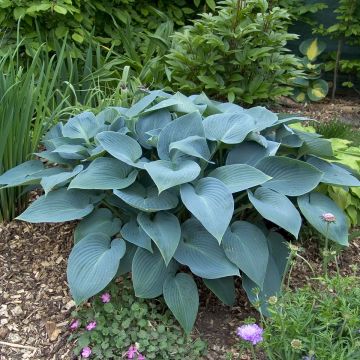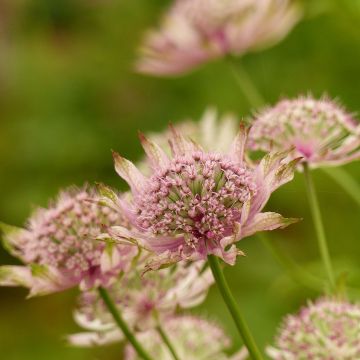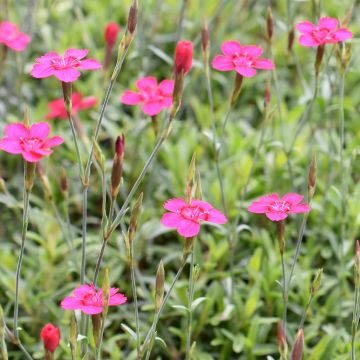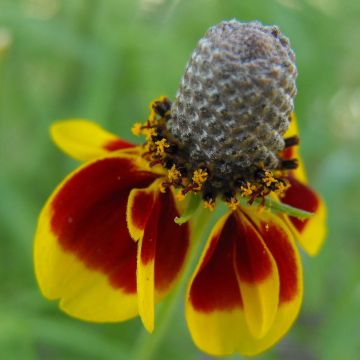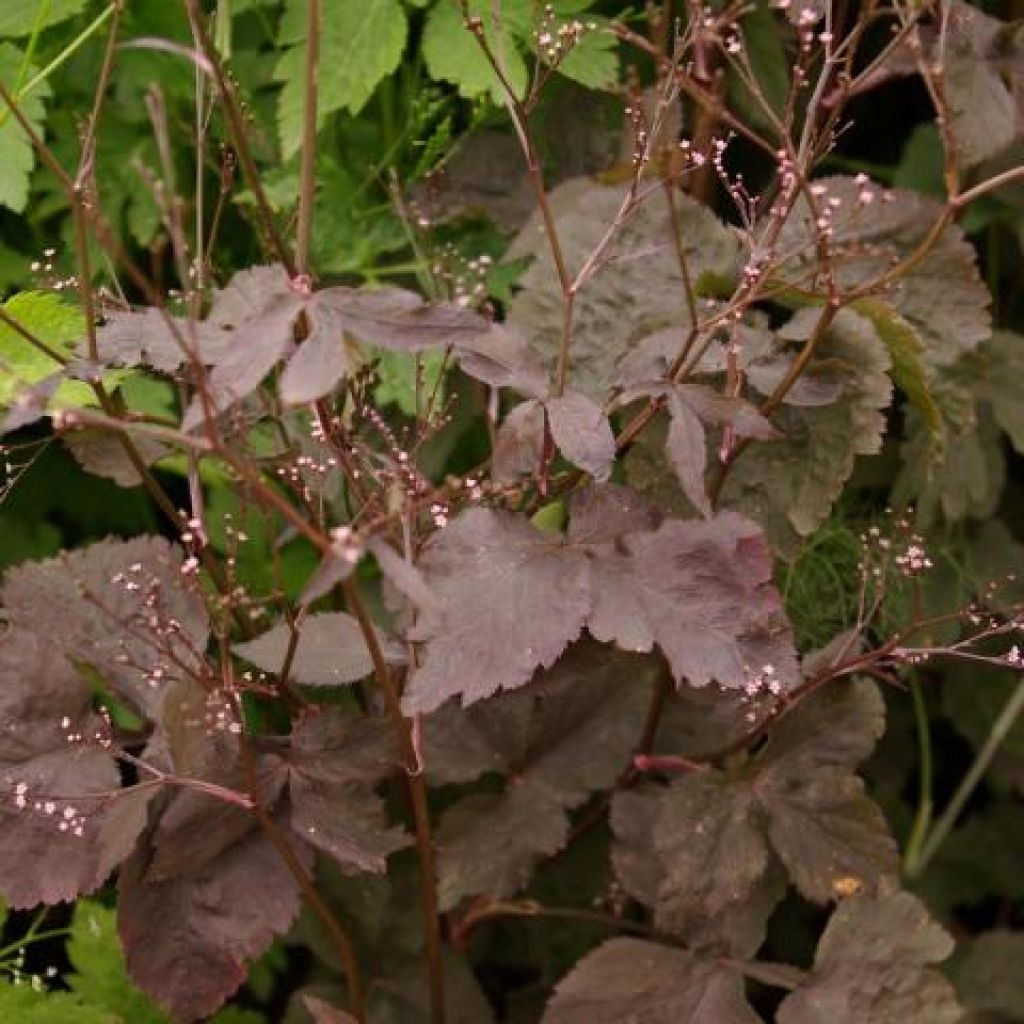

Cryptotaenia japonica purpurea - Japanese Parsley
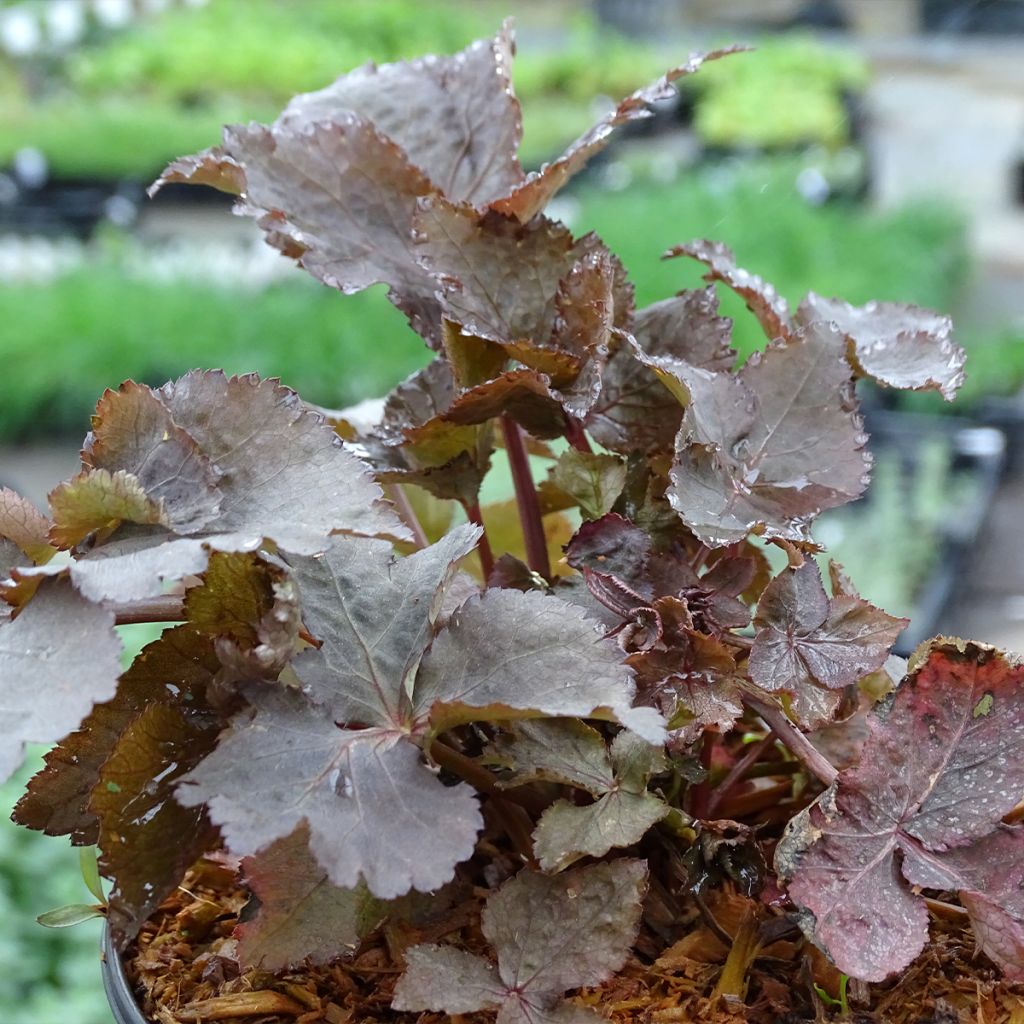

Cryptotaenia japonica purpurea - Persil japonais
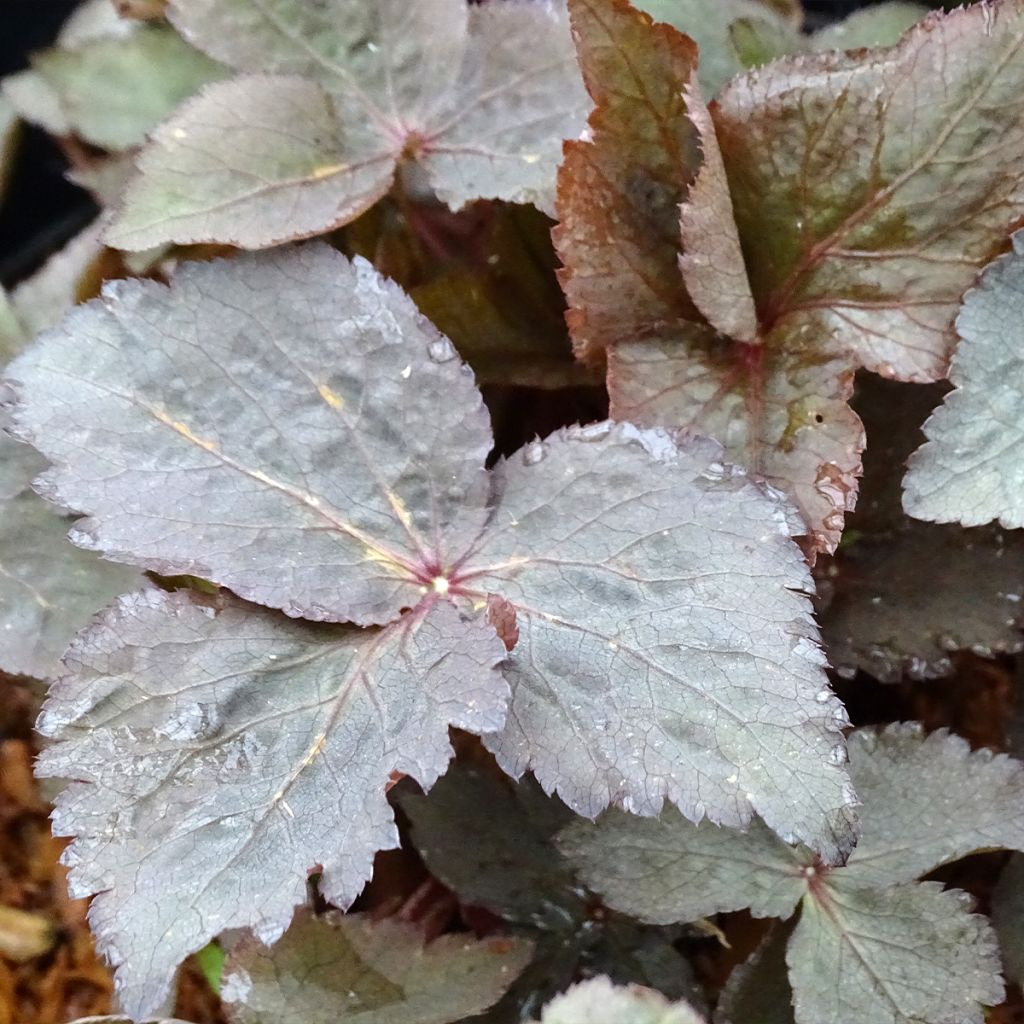

Cryptotaenia japonica purpurea - Persil japonais
Cryptotaenia japonica purpurea - Japanese Parsley
Cryptotaenia japonica f. atropurpurea
Japanese Parsley
Special offer!
Receive a €20 voucher for any order over €90 (excluding delivery costs, credit notes, and plastic-free options)!
1- Add your favorite plants to your cart.
2- Once you have reached €90, confirm your order (you can even choose the delivery date!).
3- As soon as your order is shipped, you will receive an email containing your voucher code, valid for 3 months (90 days).
Your voucher is unique and can only be used once, for any order with a minimum value of €20, excluding delivery costs.
Can be combined with other current offers, non-divisible and non-refundable.
Home or relay delivery (depending on size and destination)
Schedule delivery date,
and select date in basket
This plant carries a 12 months recovery warranty
More information
We guarantee the quality of our plants for a full growing cycle, and will replace at our expense any plant that fails to recover under normal climatic and planting conditions.
Would this plant suit my garden?
Set up your Plantfit profile →
Description
The Cryptotaenia japonica Purpurea is a lovely plant with chocolate purple foliage of a small condiment plant better known as Japanese parsley or Mitsuba. Though rarely used outside the kitchen, it is very hardy and thrives in moist, humus-rich, clayey soil where it self-seeds naturally. While its summer flowering in pinkish-lilac is not spectacular, it adds an extra touch of delicacy to the vegetation, which retains its dark colour until the end of the season, even in shade.
Japanese parsley, in Latin Cryptotaenia japonica, belongs to the Apiaceae family (formerly Umbelliferae), like its cousin parsley. It is native to Northeast Asia (Japan, Korea, and coastal areas of China) and Northwest North America. It is an aromatic herbaceous plant, perennial by its root, capable of living for several years in the garden. It is frost-resistant to about -18 °C. Its above-ground growth occurs in spring but disappears in winter. The plant forms a small clump of about 30 cm (12in) in all directions. In the 'Purpurea' form, the purple leaves darken and take on metallic reflections as they grow and mature. They are divided into 3 strongly-toothed leaflets. The discreet and brief flowering in small pale pinkish-mauve stars takes place in summer. It stands about 50-60 cm (20-24in) tall.
In ornamental gardens: in moist undergrowth or along a north or east-facing path, try combining it with Hostas with golden foliage or blue ones, with Caucasian forget-me-nots, elf flowers, or even violets. Create a beautiful scene with purple chervil and Isodon longituba.
In the kitchen: Japanese parsley has a crunchier texture than our parsley and a more subtle, truly distinct flavour. It can be used in the same way as parsley: raw, chopped in salads, in marinades, or cooked in soups. This plant is widely used to flavour traditional Japanese dishes, including sushi. As it holds up very well when cooked, Mitsuba parsley can be cooked with other vegetables, boiled, steamed, or stir-fried, accompanies fried fish, and is also used in grilling garnishes. When added at the end of cooking, it will retain its crunchiness and flavour. The root is also edible and can be cooked with other vegetables.
Report an error about the product description
Cryptotaenia japonica purpurea - Japanese Parsley in pictures


Flowering
Foliage
Plant habit
Botanical data
Cryptotaenia
japonica
f. atropurpurea
Apiaceae
Japanese Parsley
Cultivar or hybrid
Other Perennials A to Z
View all →Planting and care
Planting Japanese Parsley Purpurea takes place from April to September. It is a plant of moist undergrowth, which prefers partial shade and soil rich in humus, light, not drying out, but not waterlogged. A clay soil enriched with compost will also be suitable.
In the ground: a few months before planting, add well-rotted compost by scratching it into the soil to a depth of 5 cm (2in) after loosening the soil. The plants will be spaced 25 cm (10in) apart in all directions. Dig a hole, place the root ball and cover it with fine soil. Firmly press down and water to keep the soil moist.
Regularly hoe and weed, especially at the beginning of cultivation. Install mulch to maintain freshness in the summer.
In a pot: take a fairly large pot and place a layer of gravel at the bottom to facilitate drainage. Fill the pot with compost and garden soil, gently place your young plant and cover with soil. Firmly press down and water to keep the soil moist.
During cultivation, water moderately, mainly in summer, so the growing medium does not completely dry out.
Planting period
Intended location
Care
Planting & care advice
This item has not been reviewed yet - be the first to leave a review about it.
Haven't found what you were looking for?
Hardiness is the lowest winter temperature a plant can endure without suffering serious damage or even dying. However, hardiness is affected by location (a sheltered area, such as a patio), protection (winter cover) and soil type (hardiness is improved by well-drained soil).

Photo Sharing Terms & Conditions
In order to encourage gardeners to interact and share their experiences, Promesse de fleurs offers various media enabling content to be uploaded onto its Site - in particular via the ‘Photo sharing’ module.
The User agrees to refrain from:
- Posting any content that is illegal, prejudicial, insulting, racist, inciteful to hatred, revisionist, contrary to public decency, that infringes on privacy or on the privacy rights of third parties, in particular the publicity rights of persons and goods, intellectual property rights, or the right to privacy.
- Submitting content on behalf of a third party;
- Impersonate the identity of a third party and/or publish any personal information about a third party;
In general, the User undertakes to refrain from any unethical behaviour.
All Content (in particular text, comments, files, images, photos, videos, creative works, etc.), which may be subject to property or intellectual property rights, image or other private rights, shall remain the property of the User, subject to the limited rights granted by the terms of the licence granted by Promesse de fleurs as stated below. Users are at liberty to publish or not to publish such Content on the Site, notably via the ‘Photo Sharing’ facility, and accept that this Content shall be made public and freely accessible, notably on the Internet.
Users further acknowledge, undertake to have ,and guarantee that they hold all necessary rights and permissions to publish such material on the Site, in particular with regard to the legislation in force pertaining to any privacy, property, intellectual property, image, or contractual rights, or rights of any other nature. By publishing such Content on the Site, Users acknowledge accepting full liability as publishers of the Content within the meaning of the law, and grant Promesse de fleurs, free of charge, an inclusive, worldwide licence for the said Content for the entire duration of its publication, including all reproduction, representation, up/downloading, displaying, performing, transmission, and storage rights.
Users also grant permission for their name to be linked to the Content and accept that this link may not always be made available.
By engaging in posting material, Users consent to their Content becoming automatically accessible on the Internet, in particular on other sites and/or blogs and/or web pages of the Promesse de fleurs site, including in particular social pages and the Promesse de fleurs catalogue.
Users may secure the removal of entrusted content free of charge by issuing a simple request via our contact form.
The flowering period indicated on our website applies to countries and regions located in USDA zone 8 (France, the United Kingdom, Ireland, the Netherlands, etc.)
It will vary according to where you live:
- In zones 9 to 10 (Italy, Spain, Greece, etc.), flowering will occur about 2 to 4 weeks earlier.
- In zones 6 to 7 (Germany, Poland, Slovenia, and lower mountainous regions), flowering will be delayed by 2 to 3 weeks.
- In zone 5 (Central Europe, Scandinavia), blooming will be delayed by 3 to 5 weeks.
In temperate climates, pruning of spring-flowering shrubs (forsythia, spireas, etc.) should be done just after flowering.
Pruning of summer-flowering shrubs (Indian Lilac, Perovskia, etc.) can be done in winter or spring.
In cold regions as well as with frost-sensitive plants, avoid pruning too early when severe frosts may still occur.
The planting period indicated on our website applies to countries and regions located in USDA zone 8 (France, United Kingdom, Ireland, Netherlands).
It will vary according to where you live:
- In Mediterranean zones (Marseille, Madrid, Milan, etc.), autumn and winter are the best planting periods.
- In continental zones (Strasbourg, Munich, Vienna, etc.), delay planting by 2 to 3 weeks in spring and bring it forward by 2 to 4 weeks in autumn.
- In mountainous regions (the Alps, Pyrenees, Carpathians, etc.), it is best to plant in late spring (May-June) or late summer (August-September).
The harvesting period indicated on our website applies to countries and regions in USDA zone 8 (France, England, Ireland, the Netherlands).
In colder areas (Scandinavia, Poland, Austria...) fruit and vegetable harvests are likely to be delayed by 3-4 weeks.
In warmer areas (Italy, Spain, Greece, etc.), harvesting will probably take place earlier, depending on weather conditions.
The sowing periods indicated on our website apply to countries and regions within USDA Zone 8 (France, UK, Ireland, Netherlands).
In colder areas (Scandinavia, Poland, Austria...), delay any outdoor sowing by 3-4 weeks, or sow under glass.
In warmer climes (Italy, Spain, Greece, etc.), bring outdoor sowing forward by a few weeks.

































